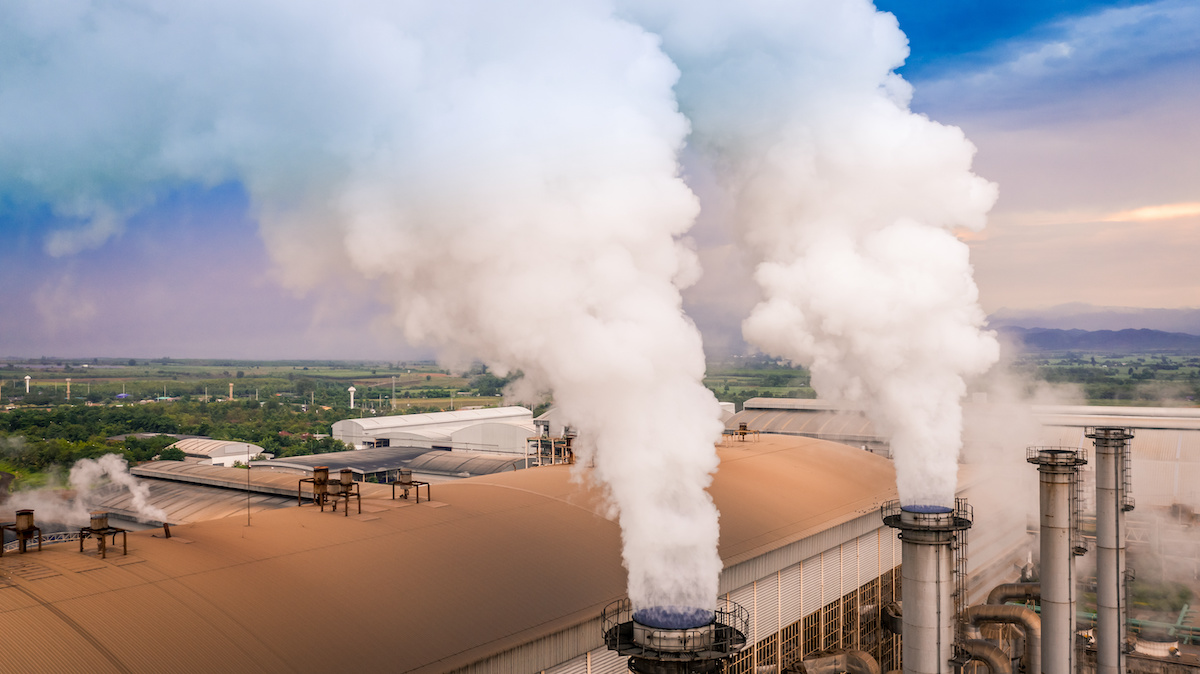[VIDEO] Carbon Neutral vs. Net Zero Carbon: What’s the Difference?14 min read

Carbon neutral and net zero carbon are two terms that have grown in use and popularity over the past few years when discussing topics such as sustainability, renewable energy, and climate action. However, although these terms are closely related to each other, and even sometimes used interchangeably, there are some key differences between the two that are important to be aware of. For example, and perhaps the most important distinction, is what they mean in terms of reducing greenhouse gas emissions.
Carbon neutral on hand is all about balancing greenhouse gas emissions by offsetting or removing an equivalent amount from the atmosphere to those you’ve produced. Net zero carbon on the other hand requires an actual reduction in greenhouse gas emissions. This is an important difference. With carbon neutral, you may be doing some really good things like planting vast amounts of trees to offset your greenhouse gas emissions, but you’re never actually reducing them. Net zero carbon is actually reducing or limiting the amount of greenhouse emissions that you’re producing.
With this being said, even net zero carbon at the moment may not be addressing the entire issue. The next step is looking at the carbon that is produced throughout the entire supply chain, from IT manufacturing to building construction materials. This is referred to as embodied carbon, and should also be included in the conversation of net zero carbon.
For more on this topic and what it means in terms of data center energy efficiency and sustainability, check out our recent webinar titled, Data Center Energy Efficiency and Sustainability: Examining the Key Elements and Planning for a Path Forward.
Real-time monitoring, data-driven optimization.
Immersive software, innovative sensors and expert thermal services to monitor,
manage, and maximize the power and cooling infrastructure for critical
data center environments.
Real-time monitoring, data-driven optimization.
Immersive software, innovative sensors and expert thermal services to monitor, manage, and maximize the power and cooling infrastructure for critical data center environments.
0 Comments